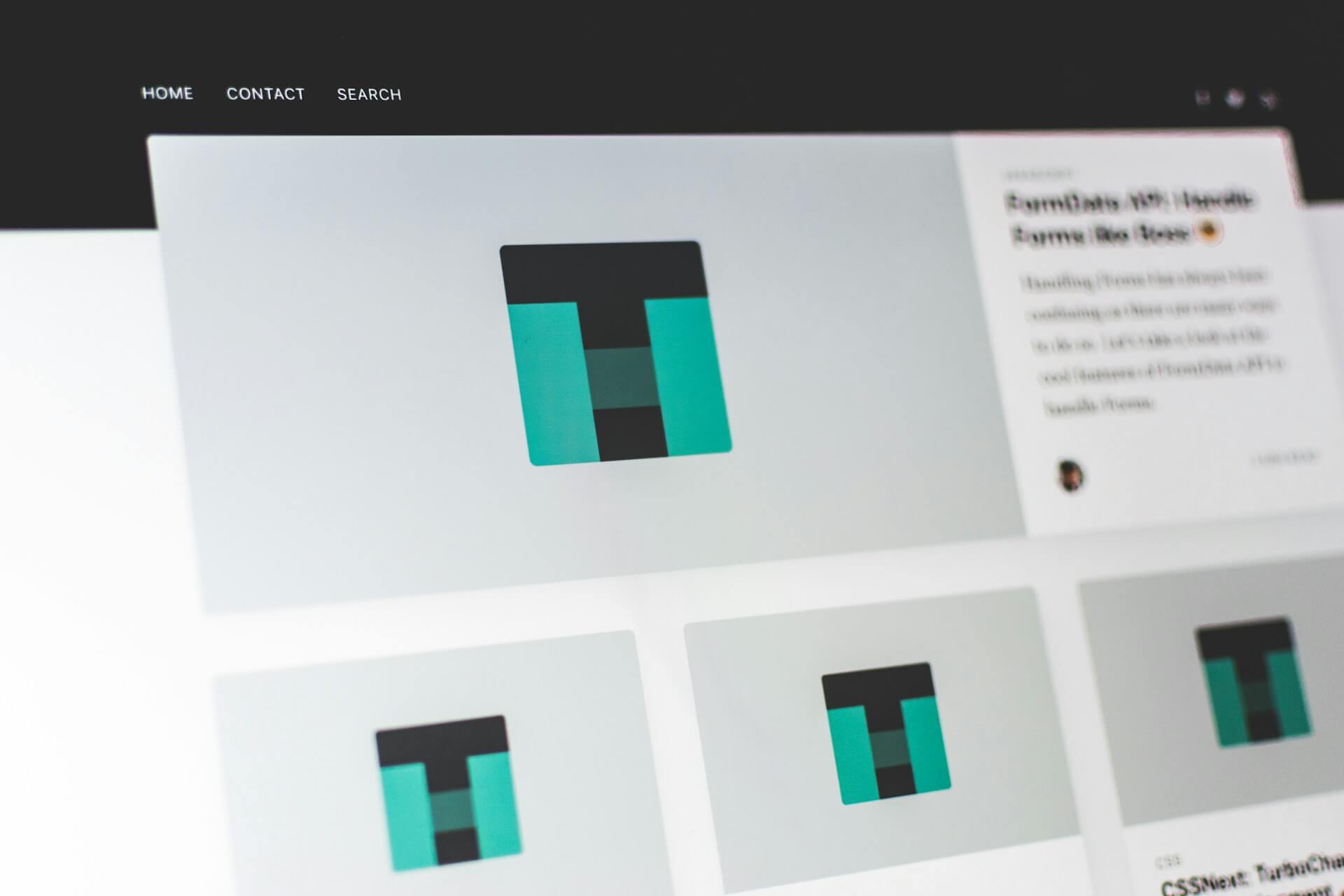
How to Build an MVP in 10 Days - A Complete Guide for Startups
How to Get Your MVP Ready in 10 Days
In the fast-paced world of startups, time is of the essence. An MVP (Minimum Viable Product) is your ticket to entering the market quickly and validating your business idea. But how can you get an MVP ready in just 10 days? While it may sound impossible, it's entirely feasible with the right approach. In this blog post, we'll walk you through how to build a product and get your MVP ready in record time, offering practical advice, tips, and real-world insights.
What is an MVP?
Before we dive into the process, let's define what an MVP is. At its core, an MVP is a stripped-down version of your product designed to solve a specific problem for users. It includes only the essential features needed to test your assumptions about the market and customer needs.
The MVP is not about perfection; it's about validation. It's a way to prove that there is a demand for your solution before investing significant time and resources into product development. The MVP allows you to gather real-world feedback and pivot if necessary, which is invaluable for early-stage startups.
When developing an MVP for your SaaS product, one of the first steps is creating a compelling landing page. This page serves as the face of your product, capturing the attention of potential users and investors. A well-designed landing page should communicate the value proposition of your SaaS solution, showcase its core features, and include a strong call to action. By focusing on these essential elements, you can quickly validate interest in your product before investing significant time and resources into further development.
Why 10 Days?
The 10-day timeline might seem daunting, but there are several benefits to moving quickly:
- Market Feedback: The sooner you launch, the faster you can get feedback from real users. This early feedback is critical for refining your product and adjusting your business strategy.
- Investor Interest: Investors are more likely to fund a startup that demonstrates speed and the ability to execute. A 10-day MVP shows your commitment and agility.
- Competitive Edge: In a competitive landscape, being first to market can provide a significant advantage. Speedy development allows you to stay ahead of your competitors.
Key Principles for Building an MVP in 10 Days
Building an MVP in such a short time frame requires careful planning, prioritization, and focus. Here are the key principles to guide you through the process.
1. Define Your Core Features
The first step in MVP development is identifying the core features that address your customers' pain points. Avoid the temptation to include unnecessary features, even if they seem interesting. Focus on the minimum set of functionalities that can demonstrate your product's value.
- Feature prioritization: List out all potential features, then prioritize them based on their importance to the target audience. Use frameworks like the MoSCoW method (Must Have, Should Have, Could Have, Won't Have) to identify the "must-have" features for your MVP.
- Solve one problem: Your MVP should aim to solve a single problem for your users. By narrowing the scope, you can avoid over-complicating the development process.
2. Adopt an Agile Development Process
Agile development is key to delivering a functional MVP in 10 days. By breaking the project down into smaller, manageable tasks, you can continuously iterate and test the product. Agile focuses on short development cycles (sprints) that allow you to refine your product quickly and efficiently.
- Daily sprints: Plan daily tasks to break down your work into manageable chunks. Each sprint should have a clear goal, such as implementing a specific feature or completing a user test.
- Frequent testing: Test early and often. Each time a feature is completed, test it for bugs and usability issues. This ensures that you're on track and minimizes the chances of major setbacks.
3. Use Pre-built Tools and Frameworks
One of the most effective ways to accelerate MVP development is by leveraging existing tools, templates, and frameworks. Building everything from scratch can be time-consuming, so take advantage of pre-built components to save time and resources.
- No-code/low-code platforms: Platforms like Bubble, Webflow, and Adalo allow you to build a product and deploy your MVP without writing extensive code. These tools can help you get a functional prototype up and running in just days.
- Open-source libraries: For custom MVPs, consider using open-source libraries and frameworks like React, Node.js, or Django. These libraries provide essential features like authentication, data storage, and APIs that can significantly speed up development.
4. Focus on a Single Platform
To streamline the development process, focus on launching your MVP on a single platform, whether it's a web app, iOS, or Android. Developing for multiple platforms increases the complexity of the project and stretches your timeline.
- Choose a platform that aligns with your target audience: If your target audience primarily uses mobile devices, focus on building a mobile app. If you're targeting professionals, a web app might be the best choice.
- Use cross-platform frameworks: If you're developing a mobile app, frameworks like React Native or Flutter allow you to build a product for both iOS and Android with a single codebase.
5. Outsource Non-Core Development
To speed up your MVP development, consider outsourcing certain tasks that aren't core to your product. This can include design, user testing, or even backend development. Hiring freelancers or contractors for specific tasks allows you to focus on building the essential features.
- Design: You can hire a designer to create simple, clean user interfaces using tools like Figma or Sketch. Don't aim for a perfect design—prioritize usability and clarity.
- Backend development: If you're not a backend developer, consider outsourcing server-side development to freelancers who are experienced with cloud infrastructure and databases.
6. Automate and Integrate Where Possible
Automation can help you save valuable time during the MVP development process. By integrating existing services, you can skip the manual setup and focus on refining your product.
- Payment systems: Use services like Stripe or PayPal for integrating payment gateways, rather than building a custom solution.
- Analytics: Implement tools like Google Analytics or Mixpanel to track user behavior and gain insights into your MVP's performance.
7. Set Realistic Expectations
In the 10-day timeline, it's important to set realistic expectations for what can be accomplished. While you may not be able to launch a fully-featured product, you can build a functional prototype that addresses the core problem you're solving. Be prepared to iterate and improve based on feedback after the MVP launch.
A 10-Day MVP Development Timeline
Here's a suggested breakdown of tasks for building your MVP in 10 days:
Day 1-2: Planning and Design
- Define the core problem your MVP will solve.
- Prioritize features based on user needs.
- Sketch wireframes and plan user flows.
- Choose your tech stack and platform.
Day 3-5: Development Setup
- Set up your development environment and tools.
- Begin building the basic framework (frontend and backend).
- Integrate necessary third-party services (e.g., authentication, payment systems).
Day 6-8: Feature Development
- Develop the core features identified in your planning phase.
- Implement simple UI/UX designs.
- Perform basic testing on the implemented features.
Day 9: Testing and Quality Assurance
- Conduct thorough testing on all features.
- Fix any bugs or issues found during testing.
- Ensure the app is user-friendly and intuitive.
Day 10: Launch
- Deploy your MVP to the chosen platform.
- Set up analytics tools to monitor user behavior.
- Announce the MVP to your early users and gather feedback.
Challenges and How to Overcome Them
Building an MVP in just 10 days comes with its challenges, such as:
- Time constraints: With such a short timeline, it's easy to become overwhelmed. Stay focused on the core features and don't get sidetracked by non-essential tasks.
- Unforeseen bugs: Software bugs are inevitable, but planning for testing and bug fixes will help minimize their impact. Prioritize fixing high-impact bugs that affect core functionality.
- User feedback: Launching an MVP with limited features means relying on early adopters for feedback. Be prepared for constructive criticism and be ready to iterate quickly.
Conclusion
Building an MVP in 10 days is challenging, but with the right mindset, planning, and tools, it's achievable. By focusing on the essentials, leveraging existing tools, and adopting an agile approach, you can create a functional product that validates your idea and sets the stage for future growth. Remember, the key to a successful MVP isn't perfection—it's about testing your idea in the real world and learning from user feedback.
Are you ready to take the leap and build a product in just 10 days? Start today, and you'll be closer than ever to turning your idea into a successful startup. Check out our expertise in various industries like Healthcare, Fintech, or E-commerce to see how we can help you build your MVP.




